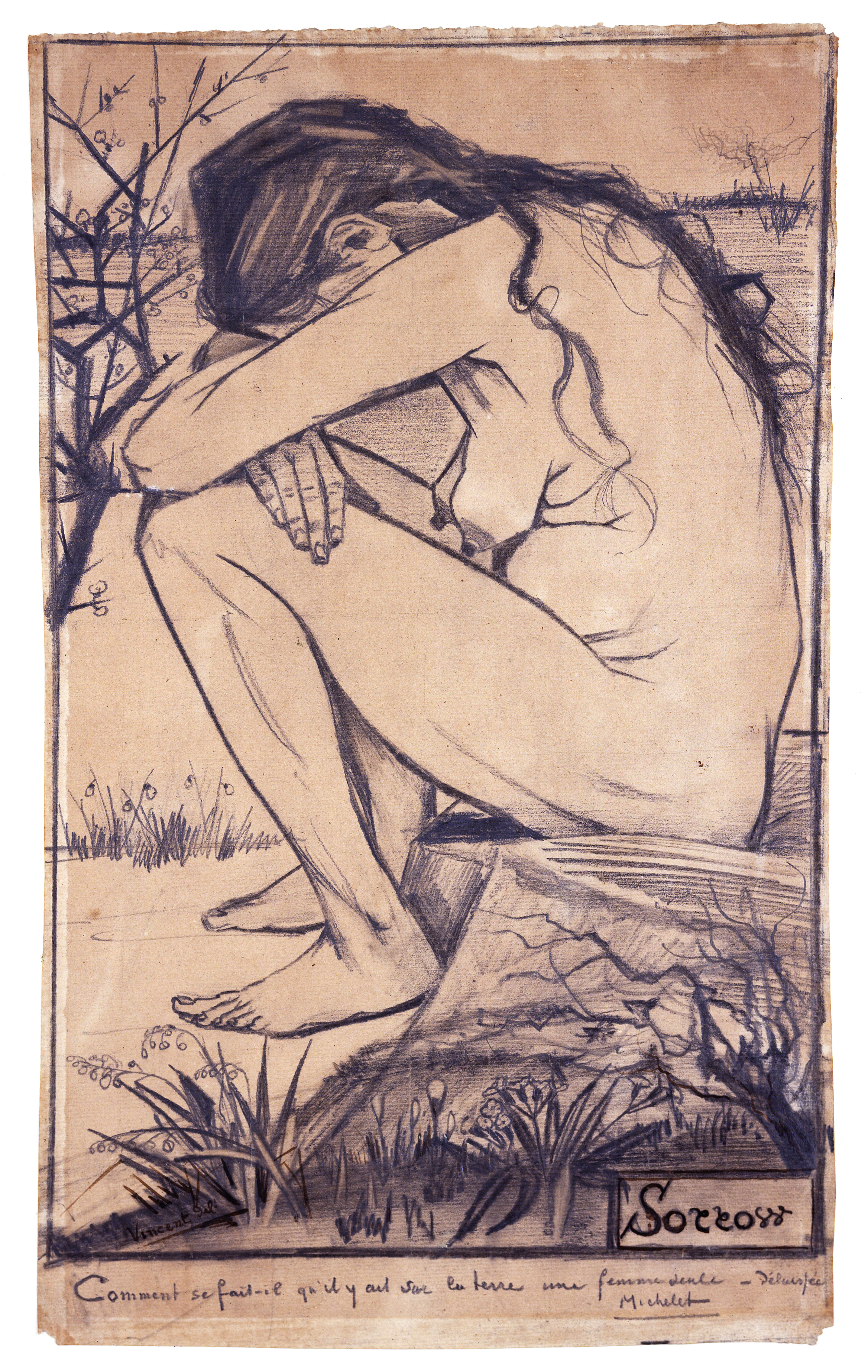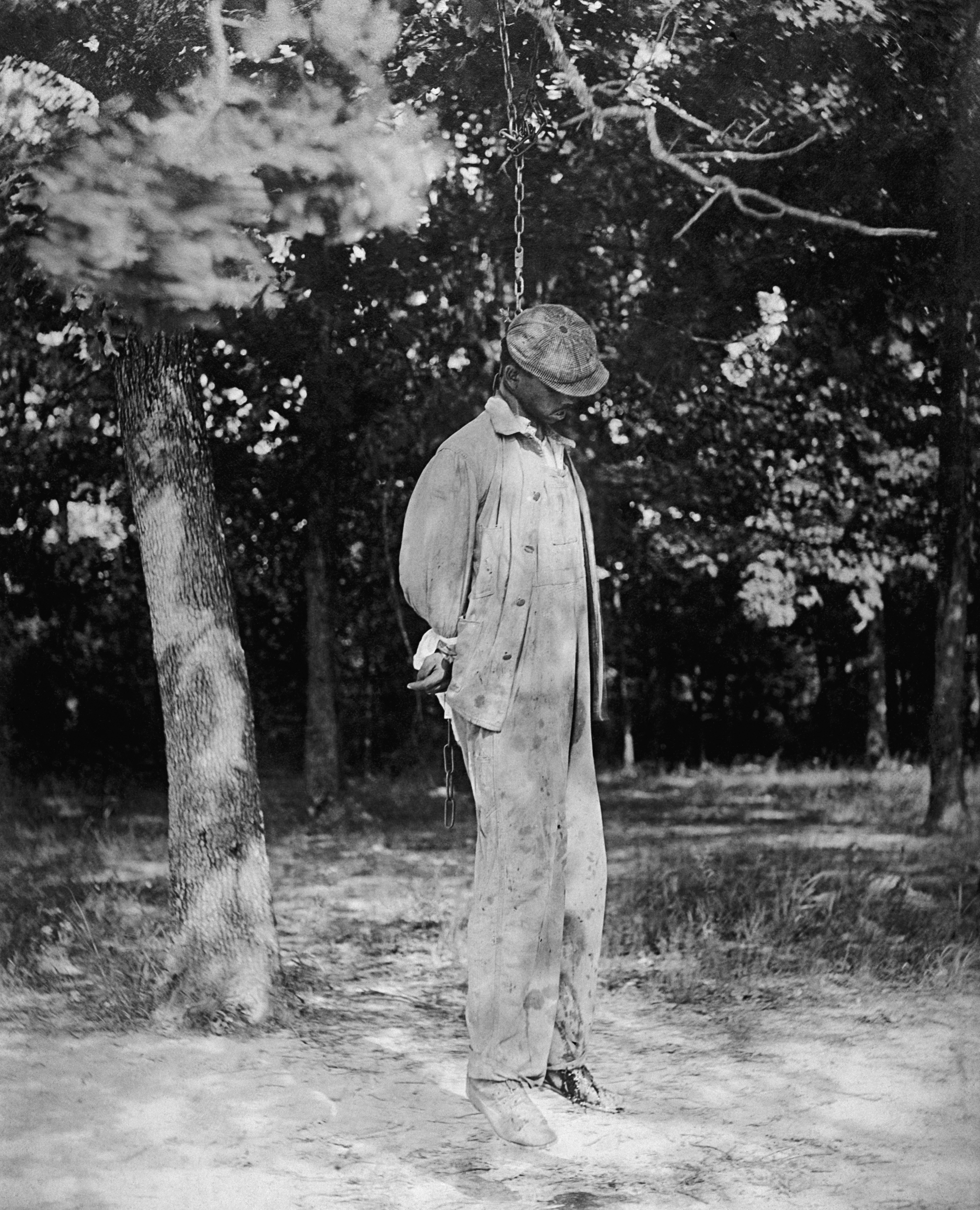|
Massacres Of La Glacière
The massacres of La Glacière that took place during 16–17 October 1791 in the ''Tour de la Glacière'' of the Palais des Papes at Avignon, then recently united to France, were an isolated and early example of violence in the opening phase of the French Revolution; the massacres are interpreted by French historians not as presaging the September massacres of 1792 and the Reign of Terror but as a last episode in the struggle between partisans and advocates of the reunion of the papal enclave of Avignon and the Comtat Venaissin with the state of France. Overview With the opening events of the Revolution, the revolutionary Avignonnais had forced a new municipal election, expelled the papal vice-legate (12 June 1790) and demanded to be united with France, but the conservative rural population of Carpentras remained faithful to their papal overlord. The outcome was virtually civil war in the region, with assassinations and mob violence. In the superheated atmosphere, following ... [...More Info...] [...Related Items...] OR: [Wikipedia] [Google] [Baidu] |
Palais Des Papes
The Palais des Papes (English: Palace of the Popes; ''lo Palais dei Papas'' in Occitan) is a historical palace located in Avignon, Southern France. It is one of the largest and most important medieval Gothic buildings in Europe. Once a fortress and palace, the papal residence was a seat of Western Christianity during the 14th century. Six papal conclaves were held in the Palais, leading to the elections of Benedict XII in 1334, Clement VI in 1342, Innocent VI in 1352, Urban V in 1362, Gregory XI in 1370 and Benedict XIII in 1394. Since 1995, the Palais des Papes has been classified, along with the historic center of Avignon, as a UNESCO World Heritage Site, for its outstanding architecture and historical importance for the Papacy. Description The Palais is actually two joined buildings: the old palais of Benedict XII, which sits on the impregnable rock of Doms, and the new palais of Clement VI, the most extravagant of the Avignon popes. Together they form the largest Gothic bu ... [...More Info...] [...Related Items...] OR: [Wikipedia] [Google] [Baidu] |
Nicolas Jean-Baptiste Lescuyer
Nicolas Jean-Baptiste Lescuyer (died 16 October 1791) was an administrator during the French Revolution in Avignon, which France had annexed Annexation (Latin ''ad'', to, and ''nexus'', joining), in international law, is the forcible acquisition of one state's territory by another state, usually following military occupation of the territory. It is generally held to be an illegal act ... from Papal rule. Amid rising factional tensions, Lescuyer was eventually lynched by supporters of the Pope. References *René Moulinas, ''Histoire de la Révolution d'Avignon'', Éd. Aubanel, Avignon, 1986. 1791 deaths Year of birth missing People from Avignon Executed French people {{Vaucluse-politician-stub ... [...More Info...] [...Related Items...] OR: [Wikipedia] [Google] [Baidu] |
Massacres Of The French Revolution
A massacre is the killing of a large number of people or animals, especially those who are not involved in any fighting or have no way of defending themselves. A massacre is generally considered to be morally unacceptable, especially when perpetrated by a group of political actors against defenseless victims. The word is a loan of a French term for "butchery" or "carnage". A "massacre" is not necessarily a " crime against humanity". Other terms with overlapping scope include war crime, pogrom, mass killing, mass murder, and extrajudicial killing. Etymology The modern definition of ''massacre'' as "indiscriminate slaughter, carnage", and the subsequent verb of this form, derive from late 16th century Middle French, evolved from Middle French ''"macacre, macecle"'' meaning "slaughterhouse, butchery". Further origins are dubious, though may be related to Latin ''macellum'' "provisions store, butcher shop". The Middle French word ''macecr'' "butchery, carnage" is first r ... [...More Info...] [...Related Items...] OR: [Wikipedia] [Google] [Baidu] |
Military History Of Avignon
A military, also known collectively as armed forces, is a heavily armed, highly organized force primarily intended for warfare. It is typically authorized and maintained by a sovereign state, with its members identifiable by their distinct military uniform. It may consist of one or more military branches such as an army, navy, air force, space force, marines, or coast guard. The main task of the military is usually defined as defence of the state and its interests against external armed threats. In broad usage, the terms ''armed forces'' and ''military'' are often treated as synonymous, although in technical usage a distinction is sometimes made in which a country's armed forces may include both its military and other paramilitary forces. There are various forms of irregular military forces, not belonging to a recognized state; though they share many attributes with regular military forces, they are less often referred to as simply ''military''. A nation's mili ... [...More Info...] [...Related Items...] OR: [Wikipedia] [Google] [Baidu] |
Jules Michelet
Jules Michelet (; 21 August 1798 – 9 February 1874) was a French historian and an author on other topics whose major work was a history of France and its culture. His aphoristic style emphasized his anti-clerical republicanism. In Michelet's 1855 work, ''Histoire de France'' (History of France), he adopted the term "rebirth" that was used first in a work published in 1550 by the Italian art historian Giorgio Vasari. The term was used by Vasari to describe the advent of a new manner of painting that began with the work of Giotto, as the "rebirth (''rinascita'') of the arts." Michelet thereby became the first historian to use and define the French translation of the term, ''renaissance'',Murray, P. and Murray, L. (1963) ''The Art of the Renaissance''. London: Thames & Hudson (World of Art), p. 9. to identify the period in Europe's cultural history that followed the Middle Ages. Historian François Furet wrote that Michelet's ''History of the French Revolution'' (1847) remai ... [...More Info...] [...Related Items...] OR: [Wikipedia] [Google] [Baidu] |
Age Of Enlightenment
The Age of Enlightenment or the Enlightenment; german: Aufklärung, "Enlightenment"; it, L'Illuminismo, "Enlightenment"; pl, Oświecenie, "Enlightenment"; pt, Iluminismo, "Enlightenment"; es, La Ilustración, "Enlightenment" was an intellectual and philosophical movement that dominated Europe in the 17th and 18th centuries with global influences and effects. The Enlightenment included a range of ideas centered on the value of human happiness, the pursuit of knowledge obtained by means of reason and the evidence of the senses, and ideals such as liberty, progress, toleration, fraternity, and constitutional government. The Enlightenment was preceded by the Scientific Revolution and the work of Francis Bacon, John Locke, and others. Some date the beginning of the Enlightenment to the publication of René Descartes' ''Discourse on the Method'' in 1637, featuring his famous dictum, ''Cogito, ergo sum'' ("I think, therefore I am"). Others cite the publication of Isaac Newto ... [...More Info...] [...Related Items...] OR: [Wikipedia] [Google] [Baidu] |
Jean Duprat (Avignon)
Jean Duprat (22 December 1760–31 October 1793) was active in the French Revolution in Avignon. At the start of the revolution, he supported the annexation of Avignon by France. He was suspected of involvement in the Massacres of La Glacière in 1791. He was elected as mayor of Avignon Avignon (, ; ; oc, Avinhon, label=Provençal dialect, Provençal or , ; la, Avenio) is the Prefectures in France, prefecture of the Vaucluse Departments of France, department in the Provence-Alpes-Côte d'Azur Regions of France, region of So ... in 1792.http://www.prospection.net/duprat%20%20jean.htm brief biography (French) He was also a deputy in the National Assembly, and voted for the execution of the king. He was among the Girondin deputies arrested in 1793. He was tried and guillotined in Paris.René Moulinas, Histoire de la Révolution d'Avignon, Éd. Aubanel, Avignon, 1986 His brother was Jean Étienne Benoît Duprat. References 1760 births 1793 deaths Mayors of Av ... [...More Info...] [...Related Items...] OR: [Wikipedia] [Google] [Baidu] |
Lynching
Lynching is an extrajudicial killing by a group. It is most often used to characterize informal public executions by a mob in order to punish an alleged transgressor, punish a convicted transgressor, or intimidate people. It can also be an extreme form of informal group social control, and it is often conducted with the display of a public spectacle (often in the form of a hanging) for maximum intimidation. Instances of lynchings and similar mob violence can be found in every society. In the United States, where the word for "lynching" likely originated, lynchings of African Americans became frequent in the South during the period after the Reconstruction era, especially during the nadir of American race relations. Etymology The origins of the word ''lynch'' are obscure, but it likely originated during the American Revolution. The verb comes from the phrase ''Lynch Law'', a term for a punishment without trial. Two Americans during this era are generally credited for coinin ... [...More Info...] [...Related Items...] OR: [Wikipedia] [Google] [Baidu] |
Avignon
Avignon (, ; ; oc, Avinhon, label=Provençal dialect, Provençal or , ; la, Avenio) is the Prefectures in France, prefecture of the Vaucluse Departments of France, department in the Provence-Alpes-Côte d'Azur Regions of France, region of Southeastern France. Located on the left bank of the river Rhône, the Communes of France, commune had a population of 93,671 as of the census results of 2017, with about 16,000 (estimate from Avignon's municipal services) living in the ancient town centre enclosed by its Walls of Avignon, medieval walls. It is Functional area (France), France's 35th largest metropolitan area according to Institut national de la statistique et des études économiques, INSEE with 336,135 inhabitants (2019), and France's 13th largest urban unit with 458,828 inhabitants (2019). Its urban area was the fastest-growing in France from 1999 until 2010 with an increase of 76% of its population and an area increase of 136%. The Communauté d'agglomération du Grand Av ... [...More Info...] [...Related Items...] OR: [Wikipedia] [Google] [Baidu] |
Carpentras
Carpentras (, formerly ; Provençal Occitan: ''Carpentràs'' in classical norm or ''Carpentras'' in Mistralian norm; la, Carpentoracte) is a commune in the Vaucluse department in the Provence-Alpes-Côte d'Azur region in southeastern France. As capital of the Comtat Venaissin, it was frequently the residence of the Avignon popes; the Papal States retained possession of the Venaissin until the French Revolution. Nowadays, Carpentras is a commercial center for Comtat Venaissin and is famous for the black truffle markets held from winter to early spring. Carpentras briefly held France's all-time high-temperature record, during the heatwave of June 2019. History Classical antiquity Carpentras was a commercial site used by Greek merchants in ancient times, and known to Romans at first as Carpentoracte Meminorum, mentioned by Pliny, then renamed Forum Neronis ("Forum of Nero"); the city retains an impressive Roman triumphal arch, that has been enclosed by the bishops' palace, r ... [...More Info...] [...Related Items...] OR: [Wikipedia] [Google] [Baidu] |
Comtat Venaissin
The Comtat Venaissin (; Provençal: , Mistralian norm: , classical norm: ; 'County of Venaissin'), often called the for short, was a part of the Papal States (1274‒1791) in what is now the region of France. The entire region was an enclave within the Kingdom of France, comprising the area around the city of Avignon (itself always a separate ) roughly between the Rhône, the Durance and , and a small exclave located to the north around the town of bought by Pope John XXII. The also bordered (and mostly surrounded) the Principality of Orange. The region is still known informally as the , although this no longer has any political meaning. History In 1096, the Comtat was part of the Margraviate of Provence that was inherited by Raymond IV, Count of Toulouse from William Bertrand of Provence. These lands in the Holy Roman Empire belonged to Joan, Countess of Toulouse, and her husband, Alphonse, Count of Poitiers. Alphonse bequeathed it to the Holy See on his death in 1271. Si ... [...More Info...] [...Related Items...] OR: [Wikipedia] [Google] [Baidu] |





.jpg)